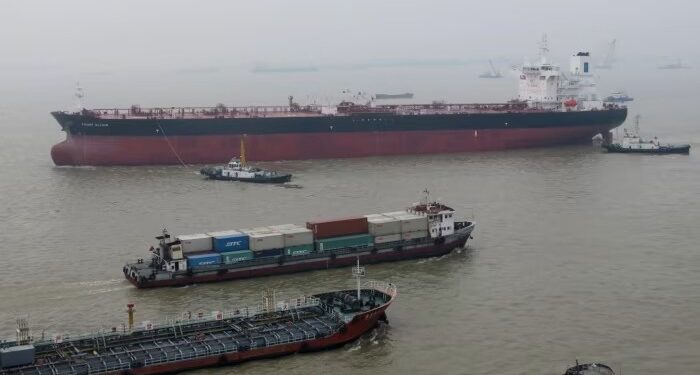The Strait of Hormuz remains one of the world’s most critical maritime chokepoints, through which roughly a fifth of global oil trade passes daily. Recent tensions in the Middle East have heightened fears that Iran could shut down or disrupt this narrow passage, with potentially severe consequences for oil prices and global markets.
The Strait of Hormuz is a narrow waterway, about 21 miles wide at its narrowest point, located between Iran and Oman. It connects the Persian Gulf with the Gulf of Oman and the Arabian Sea, serving as the main export route for oil from major producers including Saudi Arabia, Iraq, Kuwait, and the United Arab Emirates. On average, nearly 21 million barrels of oil flow through the strait each day — about 20% of the world’s petroleum liquids.
Iran’s military has repeatedly threatened to close the strait in response to sanctions or foreign military actions, citing its geographic advantage. While a full shutdown is challenging due to international naval presence and the strait’s strategic significance, even limited disruptions could trigger sharp spikes in global oil prices and market volatility.


A closure or blockade would severely restrict supply from Gulf producers, tightening global oil availability at a time when the market is already balancing fragile demand recovery and supply constraints. Prices would likely surge well above recent highs, potentially breaching $100 per barrel and exacerbating inflationary pressures worldwide.
Beyond oil, a shutdown would disrupt the movement of liquefied natural gas (LNG) and other commodities, affecting energy markets and trade flows globally. Countries reliant on Gulf oil would face immediate supply challenges, forcing them to seek alternative and often more costly sources.
Financial markets tend to react swiftly to increased geopolitical risk in the region. Equity markets could fall amid uncertainty, while safe-haven assets like gold and government bonds typically benefit. Currency markets may also see volatility, particularly for oil-exporting nations.
Efforts to secure alternative shipping routes and diversify energy supplies are ongoing, but no viable replacement for the Strait of Hormuz exists at scale. This makes the waterway’s security a priority for global powers, with the US and its allies maintaining a naval presence to ensure freedom of navigation.
Diplomatic efforts aim to de-escalate tensions, but recent military strikes and proxy conflicts have heightened the risk of miscalculation. Any disruption of the strait would have immediate and far-reaching consequences for the global economy.
As the world watches developments closely, the Strait of Hormuz remains a critical barometer of Middle East stability and a pivotal factor influencing energy markets and geopolitical dynamics.
newshub finance



Recent Comments